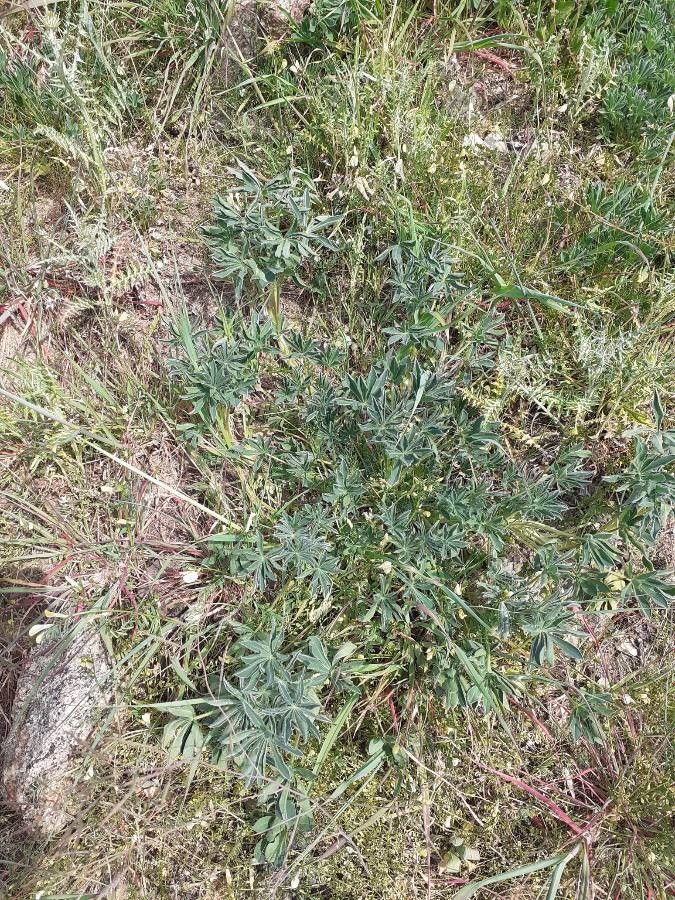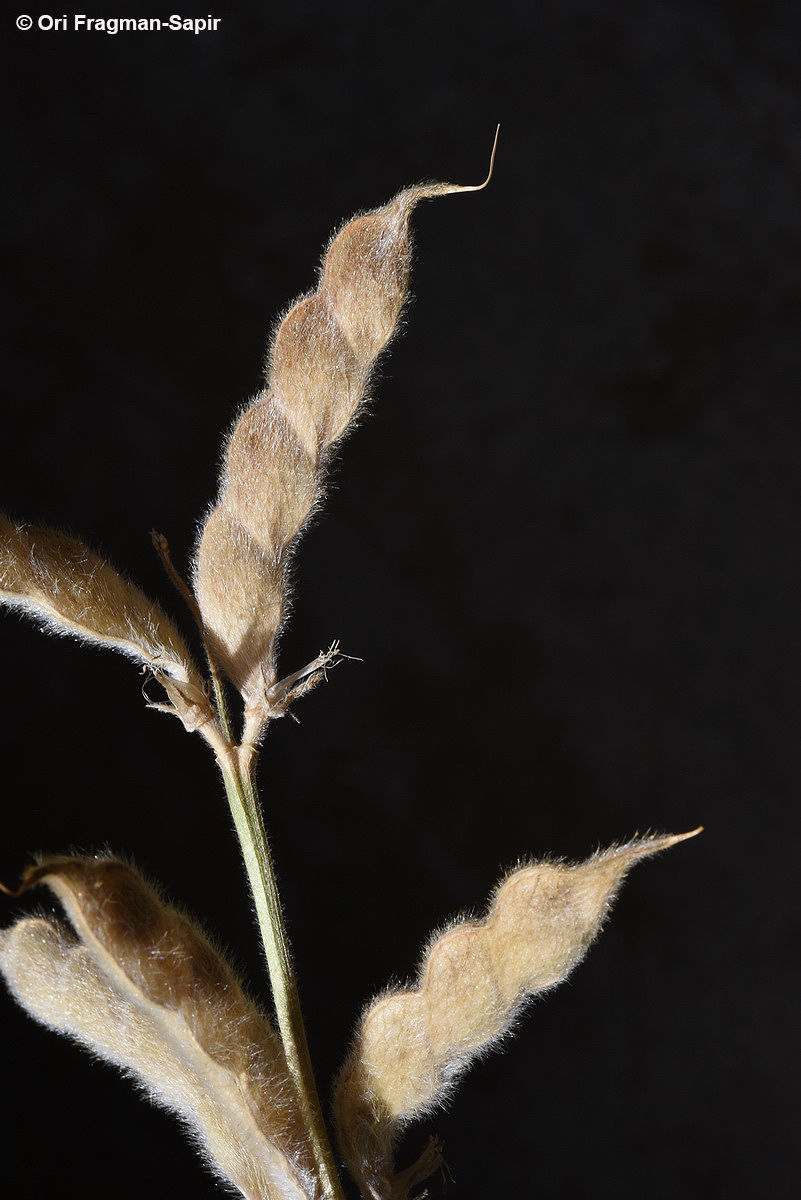Yellow Lupine
lupinus luteus
Also known as: ["Yellow Lupin","Butter Lupin"]
Overview
A herbaceous annual plant native to the Mediterranean region, known for its bright yellow flowers and nitrogen-fixing capabilities.
Benefits & Perks
["long-flowering","drought tolerant","wildlife attractant (bees, butterflies, birds)"]
Botanical Classification
| Phylum: | Magnoliophyta |
| Class: | Magnoliopsida |
| Order: | Fabales |
| Family: | Fabaceae |
| Genus: | Lupinus |
| Botanical Name: | Lupinus luteus |
Plant Characteristics
Basic Information
- Category: Flowers
- Suitable Location: garden bed in open ground, prefers slightly elevated or well-drained positions
- Suitable For:
- Is Weed: No
- Allergenicity: low
Environmental Needs
- Climate: {"temperatureRange":"5–30°C"}
- Hardiness: {"zones":"6–9"}
- Misting: rarely required, only if ambient humidity is very low
- Drainage: Fast-draining to prevent waterlogging.
- Soil Type: Well-draining, loamy soil with added organic matter; tolerates poor soils but thrives with compost.
Maintenance Level
- Maintenance Level: low
- Toughness Level: moderate
- Pruning Frequency: As needed, typically after flowering or in early spring.
- Pruning Intensity: Light to moderate; remove only dead or overgrown parts.
Care Details
Ideal Sunlight Coverage:
Full sun (6–8 hours/day); tolerates partial shade but blooms best in direct light.
Sunlight Tolerance Tips:
Acclimate plants gradually to intense sun; protect from harsh afternoon sun in hot climates; ensure good air circulation to prevent mildew.
Care Requirements
Care Difficulty
easyeasy
Sunlight
full sun to partial shade
Rotate plants for even light exposure; use shade cloth in extreme heat; avoid sudden light changes.
Watering
every 7–10 days during active growth, less frequently in dormant periods
Water at the base to avoid foliage disease; ensure soil dries between waterings; adjust for weather conditions.
Soil
well-drained, loamy soil with moderate organic matter
pH: Slightly acidic to neutral (pH 6.0–7.0).
Ensure soil is loose and crumbly; avoid heavy clay; amend with organic matter for better growth.
Temperature
Cool to moderate temperatures (60–75°F/15–24°C); prefers cooler nights for optimal growth.
Protect from frost; avoid placing near heat sources; maintain consistent temperatures for flowering.
Fertilizing
every 4–6 weeks during growing season with balanced liquid fertilizer
Apply fertilizer after watering to prevent root burn; stop feeding when buds form to encourage blooming.
Propagation
Methods
Seed propagation is most common; stem cuttings can also be used for some varieties.
Step-by-Step Propagation Guide
- Sow seeds 1/4 inch deep.
- Keep moist.
- Transplant when seedlings have 2–4 true leaves.
- For cuttings, take 4–6 inch stems, remove lower leaves, and place in medium.
Best Time: Spring or early summer when temperatures are mild and growth is active.
Environment
Warm (65–75°F/18–24°C), high humidity, and bright indirect light.
Medium
Well-draining seed starting mix or perlite and peat moss blend.
Hormone
Not typically required for seeds; rooting hormone can aid stem cuttings.
Timeline
Seeds germinate in 1–3 weeks; cuttings root in 2–4 weeks and establish in 1–2 months.
Tools Needed
Seed trays, pots, well-draining mix, rooting hormone (optional), misting spray bottle.
Quick Tips
Sow seeds indoors 6–8 weeks before last frost; use bottom heat for faster germination; harden off seedlings before planting outdoors.
Pruning & Repotting
Pruning Guide
Method
Snip stems just above a leaf node or lateral branch; deadhead spent flowers to encourage reblooming.
Pruning Plan
Minimal pruning needed; focus on removing dead or damaged stems to improve air circulation and appearance.
Tools
Pruning shears, clean scissors, gloves.
Checklist
Sterilize tools, remove dead/damaged stems, deadhead spent flowers, clean up debris.
Repotting Guide
Best Season
Early spring before new growth begins.
Pot Size
One size larger pot (e.g., +2 inches in diameter); ensure good drainage.
Method
Gently remove the plant, trim any circling roots, place in a slightly larger pot with fresh soil, and water thoroughly.
Suggestions
Repot only if the plant becomes root-bound or outgrows its container; generally not required for annual varieties.
Checklist
Choose appropriate pot, prepare fresh soil, trim roots if needed, water after repotting, place in appropriate light.
Advanced Care Tips
Watering Mastery
Watering Checklist
Check soil moisture, water deeply, ensure drainage, adjust for season, avoid wetting leaves.
How to Apply Water Properly
Water thoroughly until it drains from the bottom, ensuring even moisture reaches the root zone; avoid wetting leaves to prevent fungal issues.
Watering Schedule Tips
Water deeply once the top inch of soil is dry; reduce frequency in winter to prevent root rot.
Soil Improvement
Add compost or well-rotted manure to enhance fertility and drainage; incorporate perlite or sand for sandy soils.
Temperature Stress Management
Signs of Temperature Issues
Wilting, yellowing leaves, stunted growth, or bud drop in extreme heat or cold.
Cold Stress
Slows growth, may cause leaf damage or death in prolonged frost; roots are sensitive to freezing.
Solution: Mulch heavily to insulate roots; move potted plants indoors or to a sheltered location; avoid overwatering in cold.
Hot Stress
Leaves may scorch, flowers fade quickly, and growth may halt in excessive heat.
Solution: Provide afternoon shade; increase watering frequency; use mulch to retain soil moisture.
Fertilizing Guide
Fertilizing Checklist
Use balanced fertilizer, dilute properly, fertilize during growing season, avoid winter feeding.
Fertilizing Method
Use balanced liquid fertilizer diluted to half strength every 4–6 weeks during active growth; avoid fertilizing in winter.
Common Problems & Solutions
Toxicity Warning
Cats
ToxicCats are susceptible to the toxic effects of Lupinus luteus due to its alkaloid content. Ingestion can result in severe gastrointestinal and neurological symptoms, which may be life-threatening if not treated promptly.
⚠️ Symptoms:
🌿 Toxic Parts:
⚡ Toxic If:
if eaten
Dogs
ToxicThe quinolizidine alkaloids in Lupinus luteus are also toxic to dogs, causing gastrointestinal upset and neurological symptoms. Prolonged or large ingestion can lead to severe health issues, including muscle weakness and respiratory failure.
⚠️ Symptoms:
🌿 Toxic Parts:
⚡ Toxic If:
if eaten
Humans
ToxicLupinus luteus contains quinolizidine alkaloids, primarily lupanine, which are toxic to humans. Ingestion can lead to gastrointestinal distress, neurological effects, and in severe cases, paralysis or death. The toxicity is dose-dependent, with higher concentrations found in seeds.
⚠️ Symptoms:
🌿 Toxic Parts:
⚡ Toxic If:
if eaten
Frequently Asked Questions
Q: Is Lupinus luteus toxic to pets?
A: Yes, it is toxic to dogs and cats if ingested.
Q: Does Yellow Lupine attract wildlife?
A: Yes, it attracts bees, butterflies, and birds due to its nectar-rich flowers.
Q: How easy is it to grow Yellow Lupine?
A: It is relatively easy to grow, requiring low maintenance once established.
Quick Reference
| Family: | Fabaceae |
| Care: | easy |
| Light: | full sun to partial shade |
| Water: | every 7–10 days during activ |
Get Expert Care Tips
Download the Plantious app for personalized care reminders and plant identification!
Google Play App Store








